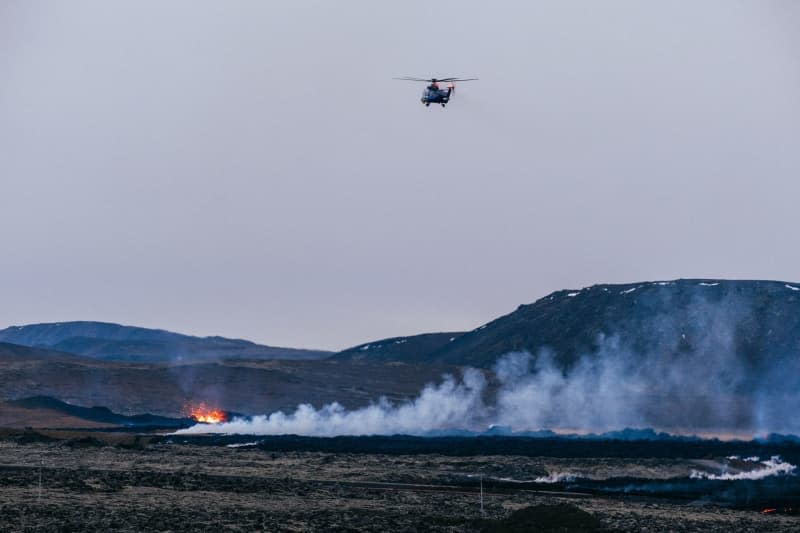No new lava following Iceland volcanic eruption, but danger remains

Experts in Iceland have detected no new lava flows following the recent volcanic eruption in the country.
Quoting Elísabet Pálmadóttir, an expert on natural disasters at the Icelandic Meteorological Institute, the radio station RÚV reported on Tuesday that lava had last been seen coming out of a fissure on the north side of the volcano at around 1 am (0100 GMT).
No lava had flowed from a fissure further south, near the town of Grindavík, since Monday morning, Pálmadóttir said. However, she emphasized that she was not yet able to say that the eruption was over, and warned that new fissures could open up suddenly in the area.
The volcano near Grindavík began erupting for the second time in just four weeks on Sunday morning. The scorching hot lava hit and destroyed houses, the first time that has happened in Iceland in half a century. The approximately 4,000 inhabitants of the coastal town were evacuated in the early hours of Sunday.
Grindavík is located on the Reykjanes Peninsula in the south-west of the country, where volcanic eruptions have occurred repeatedly in recent years.

